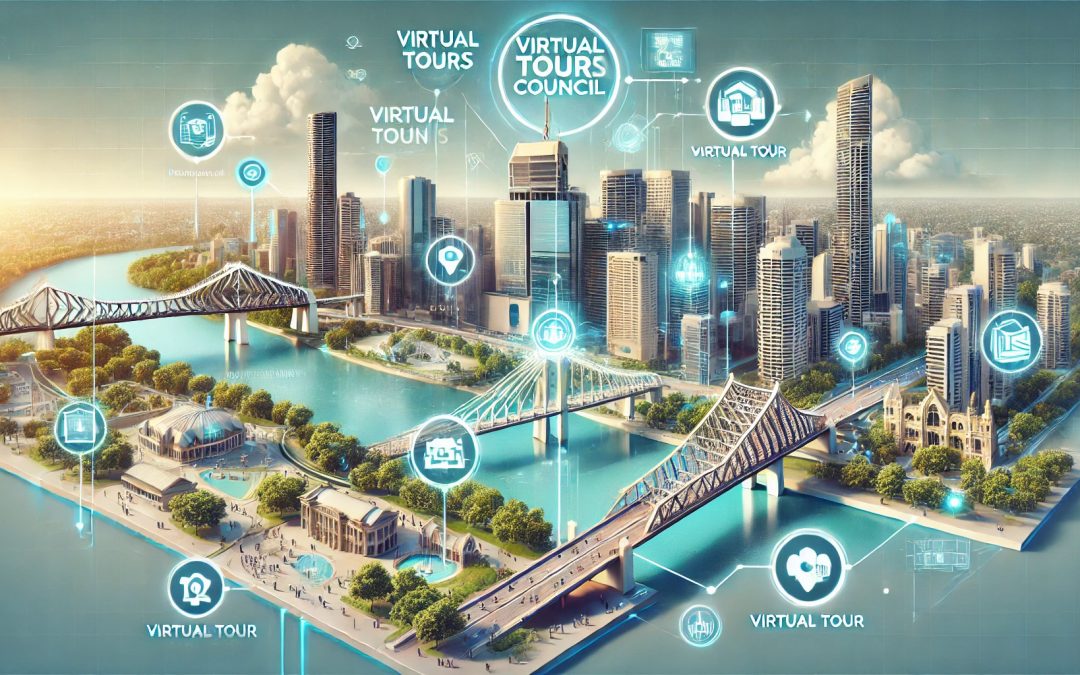In an increasingly digital world, city councils must embrace innovative tools to engage and inform their communities. Virtual tours offer an immersive, interactive experience that allows residents to explore public facilities from the comfort of their homes. By leveraging this technology, city councils can effectively showcase their services and amenities, making them more accessible and appealing to the public.
Advantages of Virtual Tours Over Traditional Marketing
Virtual tours provide several significant benefits over traditional marketing methods:
- Accessibility: Virtual tours can be accessed 24/7 from anywhere, removing barriers related to location and timing.
- Engagement: Interactive elements keep viewers engaged longer than static images or text.
- Transparency: Virtual tours offer a clear and honest view of facilities, building trust with the community.
- Cost-Effective: While there is an initial investment, virtual tours reduce the need for repeated marketing materials and physical visits.
- Analytics: Track viewer interactions to gain insights into what areas and services attract the most interest.
- Appeal to Younger Audiences: Younger generations are accustomed to digital interactions and are more likely to engage with virtual content.
- Enhanced Decision Making: Virtual tours provide detailed visuals that help residents make informed decisions about using public facilities.
- Environmental Impact: Reducing the need for printed materials and travel, virtual tours contribute to sustainability goals.
Strategies for Implementing Virtual Tours
City and Regional Councils can maximise the impact of virtual tours by adopting the following strategies:
- Highlight Key Features: Focus on unique aspects of each facility to capture interest.
- Interactive Maps: Include clickable maps that guide users through different areas.
- Narrated Tours: Use voiceovers to provide detailed explanations and historical context.
- Virtual Events: Host live virtual events and Q&A sessions within the tours to increase engagement.
- User-Friendly Navigation: Ensure the virtual tour interface is intuitive and easy to use.
- Mobile Optimization: Make sure tours are accessible on all devices, including smartphones and tablets.
- Promotional Campaigns: Use social media, email newsletters, and websites to promote virtual tours.
- Feedback Integration: Include options for users to leave feedback and suggestions.
- Collaborations: Partner with local businesses and organizations to enhance tour content and reach.
- Regular Updates: Keep the tours updated with new content and seasonal changes to maintain relevance.
10 Facilities or Services to Promote with Virtual Tours
- City Halls: Showcase administrative offices, council chambers, and historical artifacts.
- Public Libraries: Highlight reading rooms, special collections, and community programs.
- Parks and Recreational Areas: Feature walking trails, sports facilities, and playgrounds.
- Museums and Cultural Centers: Display exhibitions, event spaces, and educational programs.
- Community Centers: Present meeting rooms, fitness facilities, and activity schedules.
- Public Transit Systems: Demonstrate routes, stations, and accessibility features.
- Health and Wellness Centers: Tour medical facilities, wellness programs, and health resources.
- Educational Institutions: Explore classrooms, libraries, and extracurricular activity areas.
- Public Markets: Highlight vendor stalls, special events, and market amenities.
- Emergency Services: Provide a behind-the-scenes look at fire stations, police departments, and emergency response centers.
By adopting virtual tours, city councils can revolutionize how they promote and engage with their communities, making public facilities more accessible and appealing to all residents. Embrace this technology today to enhance transparency, engagement, and community satisfaction.










